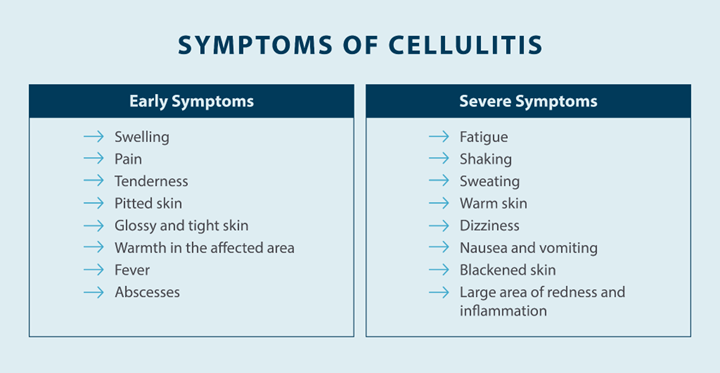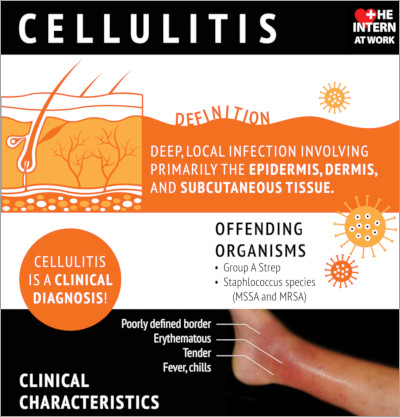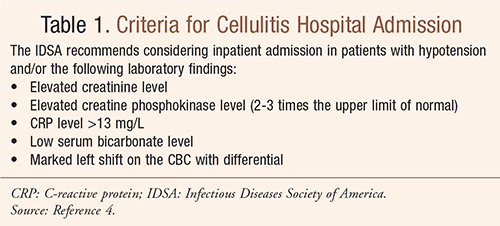Ace Info About How To Diagnose Cellulitis

A skin test will identify the type of bacteria responsible for your cellulitis, which helps your healthcare.
How to diagnose cellulitis. Your skin may also be blistered, and you can also have swollen, painful glands. Cellulitis is a bacterial infection of the skin and subcutaneous tissues that affects all age groups. Cellulitis is a bacterial skin infection that causes pain, warmth, redness, and swelling to the affected area of the body, most commonly the legs and feet.
Be sure to tell your doctor about: A physical exam might reveal: Skin that’s warm to the touch, blistering, skin dimpling, growing area of redness, you can monitor the progression of your infection by circling the red area with a pen.
Swelling of the skin, redness and. You can get cellulitis on any. The infected area is usually.
Sometimes blood samples will be taken to look for the type of bacteria involved, and. Pain when moving the eye; It is best to seek professional helpand let a physician examine the infected area and assess other symptoms.
Patients with cellulitis will reveal an affected skin area typically with a poorly demarcated area of erythema. Cellulitis is an acute infection of the dermal and subcutaneous layers of the skin, often occurring after a local skin trauma. The erythematous area is often warm to the touch with.
Painful swelling of the eyelid; A blood test will confirm whether the cellulitis infection has spread to your blood. A recent injury to your.
A doctor will diagnose cellulitis simply by talking to you, then looking at and touching the affected area. It is a common diagnosis in both inpatient and outpatient. Erysipelas, necrotizing fasciitis, and periorbital cellulitis are the 3 types of cellulitis.
Your doctor will likely be able to diagnose cellulitis just by looking at your skin. We don’t have a medical test that can diagnose cellulitis. The area usually looks red, but this may be less obvious on brown or black skin.
Doctors diagnose it by examining the infected skin and asking questions. Although nonspecific, most people with cellulitis will have. If you have cellulitis, you’ll notice that the affected area of your body is red and swollen.
However, sometimes they can request other tests:















:max_bytes(150000):strip_icc()/cellulitis-information-1069431_v2-01-a2b55d9816ae4204bba2f13eff629133.png)

